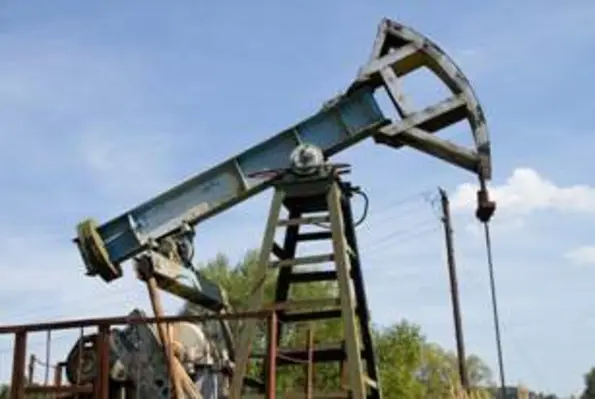In an exclusive article for Oil Review Middle East, Dan Purkis, technology director at Well-SENSE Technology, outlines a gamechanging technology for well intervention
In order to achieve optimum production, operators need to continually monitor, maintain and repair oil and gas wells. In the current climate, when drilling and completing new wells is often cost prohibitive, it is a vital part of the production process and precisely when operators turn to intervention specialists.
The basic infrastructure of current well intervention methods – coiled tubing, electric line and slick line – were invented over 50 years ago. Each of these options requires expensive, hefty equipment which not only needs significant capital investment but also many man hours to operate. Added to which, they share a common theme: the spooling in of wire or tubing from surface, which must then be retrieved.
If they cannot be retrieved and a fishing job ensues, this sort of failure can rank anywhere from very inconvenient to catastrophic to the bottom line. As a result, many potential – and even planned – intervention operations do not go ahead, as the risk is seen to outweigh the benefits.
An important factor in justifying the expense and risk of any intervention operation is having sufficient data to understand the potential outcomes. In well fibre optics, utilising Distributed Acoustic Sensing (DAS), Distributed Temperature Sensing (DTS) or Distributed Pressure Sensing (DPS), are excellent ways of getting lots of key data to base important decisions on. However, the cost of permanently or temporarily installing these is also cost prohibitive in all but a small number of wells.
Well-SENSE is creating solutions to lower the cost of well intervention and data collection. It was by using a non-oilfield approach and considering how technology giants like Google and Apple would troubleshoot these problems, that FibreLine Intervention (FLI) was born.
FLI is an entirely new technology which combines several novel concepts in a single package and represents a radical advance for the downhole tool business. By replacing the tool infrastructure with a compact, low cost and disposable alternative, many of the cost and risk factors in well intervention are overcome.
In its most basic form, FLI is a means of temporarily installing fibre optic lines into wells for the purpose of performing DAS, DTS or DPS. FLI is a compact, cost efficient and disposable system and minimises the amount of surface equipment, personnel and time associated with typical intervention operations. By increasing the number of fibre optic lines installed in wells, the collection of well data will dramatically rise, resulting in a greater understanding of the performance and integrity of wells, thus presenting many more opportunities for production enhancement and well integrity operations, whilst lowering cost and risk profiles.
Fibre optics and DAS surveys are just the first steps in this new intervention discipline, of which collaboration is at the heart.
It’s a time for open minds and forward thinking. Intervention methods, as we know them, may become the dinosaur technologies of the past.
Read the full article on p22 of the current issue here: http://www.oilreviewmiddleeast.com/current-issue









